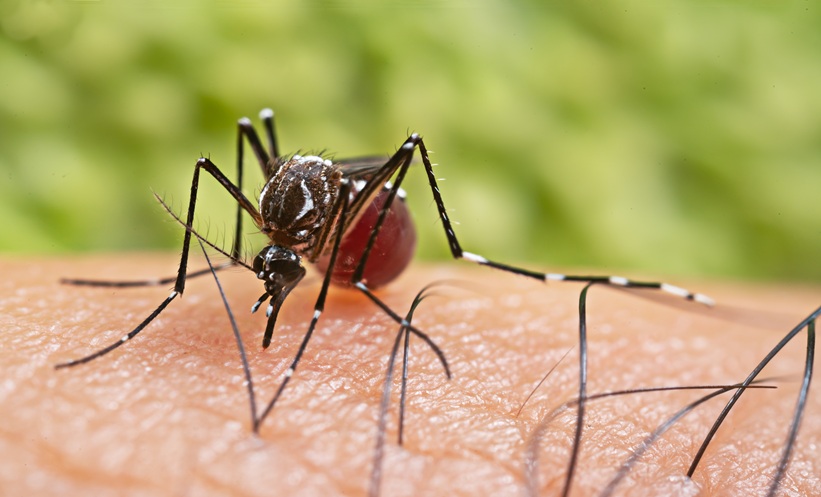NEARLY 8,000 chikungunya cases have been reported in southern China since mid-June, according to national health officials, marking one of the country’s largest recorded outbreaks of the mosquito-borne virus. The surge appears to have plateaued following intensive containment measures.
The outbreak’s epicenter is Shunde in Foshan, Guangdong Province, a densely populated subtropical city known for manufacturing and regional commerce. Early analysis of the first 1,600 confirmed cases in the area found that fever (86.8%), joint pain (81.4%), and rash (65.5%) were the most common symptoms, with approximately half of patients experiencing all three.
Chikungunya is caused by a virus transmitted primarily through Aedes mosquito bites. While the infection is typically self-limiting and rarely fatal, it can cause significant morbidity through acute fever and prolonged joint pain. In this outbreak, the Chinese Center for Disease Control reported no deaths to date, with most cases described as mild.
Health authorities have linked the expanding geographic range of Aedes mosquitoes in China to climate change, which has created more favorable conditions for breeding. The WHO has cautioned that recent patterns in other regions, including La Réunion and Mayotte, resemble the early trajectory of a major chikungunya epidemic that occurred two decades ago and infected approximately half a million people worldwide.
Given Shunde’s role as a commercial hub with significant domestic travel, the potential for broader spread remains a concern, underscoring the importance of vector control and surveillance efforts. Physicians in affected areas are advised to maintain a high index of suspicion for febrile illness with joint pain and rash, particularly during peak mosquito activity.
Reference:
Murphy F. China battles to control chikungunya virus as 8000 cases are reported. BMJ. 2025;390:r1699.








